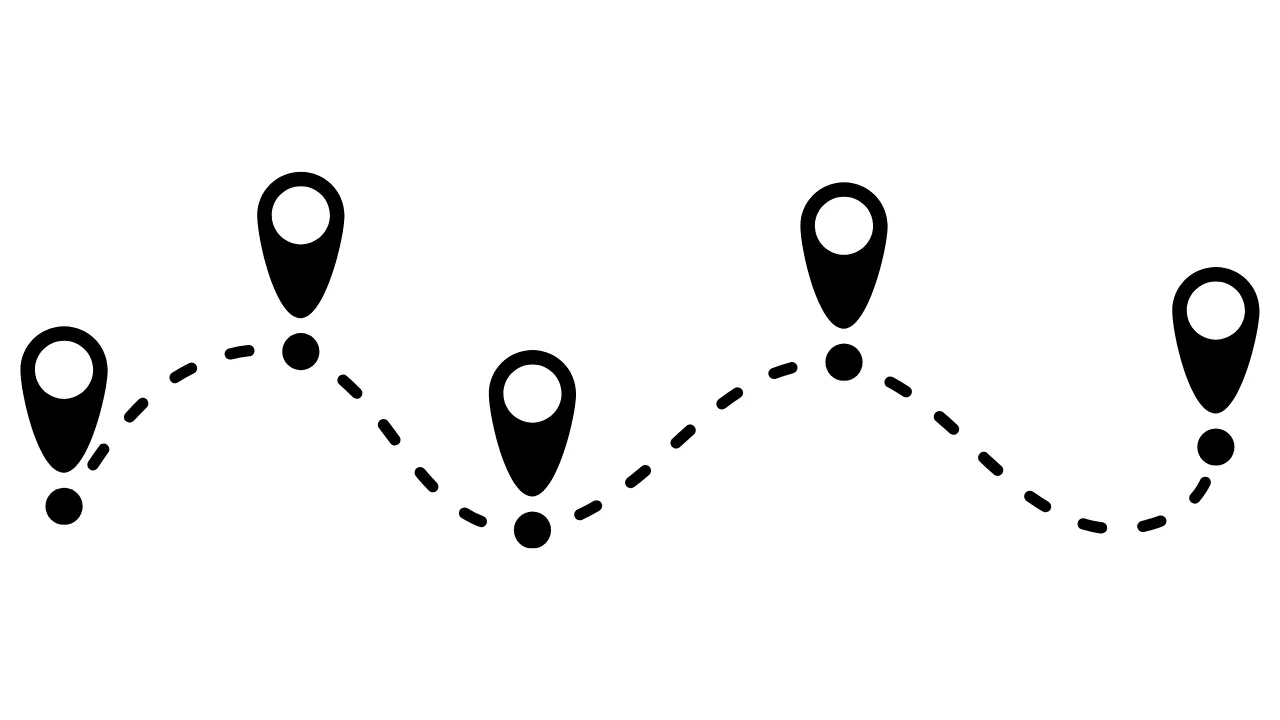
How to price your product: A beginner’s guide for entrepreneurs
Launching a product is exciting but pricing it? That’s where many new businesses get uncomfortable. Set your price too high, and you risk scaring off potential customers. Too low, and your profit margins suffer (or worse, people assume your product is “cheap”). For early-stage entrepreneurs, getting pricing right isn’t just about making a sale it’s being able to make the business work.
In this guide, we’ll show you everything you need to know to confidently set the right price from day one. Whether you’re launching a physical product, a digital service, or an online subscription, the principles apply.
Why pricing matters more than you think
A strong pricing strategy isn’t just about numbers, it’s about brand positioning, customer psychology, and long-term growth. In fact, pricing is one of the most important skills. Here’s why:
-
It determines your revenue and profit margins
-
It influences how customers perceive your value
-
It impacts how you compete in your market
-
It can either support or hinder your growth
"Pricing is like a language, it tells customers what to expect."
Step 1: Understand your costs
Before you even think about what your customer will pay, you need to know your true cost of doing business.
Break your costs into three types:
Direct costs:
-
Raw materials
-
Manufacturing
-
Packaging
-
Labor per unit
Indirect costs:
-
Website hosting
-
Advertising & marketing
-
Software tools (e.g., Shopify, CRM)
-
Salaries & admin
Hidden costs:
-
Payment processing fees
-
Shipping & returns
-
Customer service
-
Wasted inventory or discounts
Simple formula:
Break-even Price = Total Costs / Number of Units
You should never price below your break-even point unless you’re 100% sure you know what you are doing.
Step 2: know your customers
You’re not just pricing a product , you’re pricing a solution to a problem.
Start by asking:
-
Who is my ideal customer?
-
What are they trying to solve with this product?
-
How much is that problem worth solving?
Use:
-
Google Forms for quick surveys
-
Reddit, Quora, or forums to explore pain points
-
Direct interviews
Real-world tip: Some customers aren’t looking for the cheapest option, they want the best solution. Price can be a signal of quality.
Step 3: Analyze the competition
Competitive analysis helps you see where your product fits in the market.
Check your top 3–5 direct competitors. What’s their price range? What features are they offering?
Ask yourself:
-
Are you offering more value or more convenience?
-
Are you targeting the same audience, or a different niche?
-
Is there room to charge more with a better offer or story?
Pro tip: If your product is truly unique, you’re not in a price war, you’re in a value game.
Step 4: Pick the right pricing strategy
There’s no one-size-fits-all model, but here are three beginner-friendly pricing strategies to start with:
1. Cost-Plus pricing
This is the easiest pricing model to calculate, just add a fixed percentage markup to your total cost.
-
Example: If a product costs $10 and you add 50%, you charge $15.
❌ Doesn’t consider customer demand or competition
2. Value-based pricing
Price based on the perceived value to your customer, not just your costs. This pricing model is is for maximizing profit potential.
-
Example: If your solution saves someone 200 € /month, charging 50 € is a win-win.
❌ Requires deeper understanding of your audience
3. Competitive pricing
Set your price in line with or slightly above/below similar products on the market.
❌ Easy to fall into price wars
Step 5: Test, learn, and adjust!
You don’t need to get it 100% right on day one. The best businesses treat pricing as an experiment, they test different strategies and evolve over time.
Ways to test pricing:
-
A/B testing: Show different prices to different customer groups (if your platform allows it)
-
Bundle pricing: Offer a set of products/services at a slight discount
-
Intro pricing: Offer lower pricing early to build traction.
Psychological pricing tips that work
Pricing is as much about emotion as it is logic. Here are a few strategies that really work:
-
Charm pricing: Use 9.99 € instead of 10.00 €, it feels cheaper.
-
Anchor pricing: Show a higher “original” price next to your sale price or another product.
-
Tiered pricing: Offer multiple plans (e.g., Basic, Plus, Premium) to encourage upsells.
"Remember customers don’t always choose the cheapest, they choose the best-perceived value!"
Avoid these common pricing mistakes
-
Pricing based on emotion or gut feeling
-
Copying competitors without understanding your audience
-
Ignoring your own cost structure
-
Not tracking pricing performance
-
Changing prices without a clear strategy
Conclusion: Price with purpose
"The right price is one that supports your goals, reflects your value, and speaks directly to your ideal customer."
Take the time to analyze, test, and refine. Pricing is one of the few tools in your business that can increase profit without increasing your workload.
Learn how to set you pricing strategy for 349 €
Learn practical tools and techniques to set competitive, profit-optimizing prices that fit your business and your customers’ perceived value. In our Step-by-Step Pricing Strategy course you learn how to confidently select the most suitable pricing strategy for your industry to create winning prices!
Sign up now to follow the latest pricing trends, gain valuable insights, and receive unique perspectives on price-related topics!
Stay ahead of the competition and become a pricing expert by subscribing to our newsletter.
By subscribing to our newsletter, you consent to the storage of your email address for the sole purpose of sending you newsletters in accordance with our Privacy Policy.
